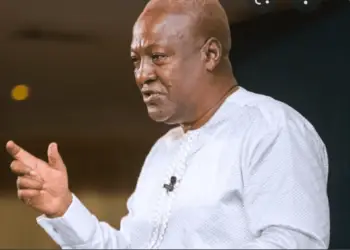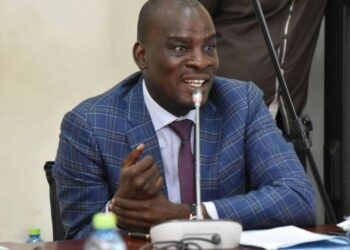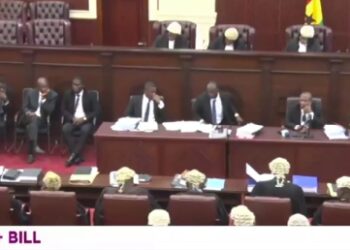If you’re an enthusiast of airports, you’ll be eagerly awaiting the opening of the new Kumasi International Airport. “It’s been long anticipated,” one Asante man stated, “I’ll be flying home directly.”
The excitement has led to discussions about the airport’s potential name. Mrs. Dentaa Amoateng, Founder, Grow Unite Build Africa (GUBA), has offered the name Nana Yaa Asantewaa as a good name for the airport to celebrate her bravery in Ghana’s nationalism. Yaa Asantewaa, Edwisoman’s queen mother, rallied the Asantes against the British’s attempt to colonize the Gold Coast in 1900. Many Ghanaians remember her as a political and military figure, but also as a symbol of courage and anti-colonialism.
Honorary naming is a popular practice that dates back to the dawn of human civilization. It honors persons for their remarkable achievements and contributions to society. Ghana’s main international airport in Accra is currently named after Major General Emmanuel Kwasi Kotoka, a controversial name and figure. He was killed in the precise location that bears his name.
The Kumasi International Airport (KIA), as it currently stands, may not require a name change. It looks great as it celebrates Asantes’ capital and the seat of the State King. However, renaming the airport will provide another opportunity to immortalize some past and current histories.
If one were to consider any significant names, several figures come to mind. Osei Tutu I, founder and first king of Asantes. Another name is Nana Tweneboah Kodua, who sacrificed his life to ensure the Asantes’ victory over the Denkyiras. Prempeh I and even the current Asante king, Osei Tutu Ababio II, are all potential candidates.
Another significant individual to mention is Robert Sutherland Rattray, also known as Captain Rattray. He was a British anthropologist who helped to preserve Asante’s antique culture and religion. Rattray’s literary interventions contributed to the peaceful coexistence of Asantes and the British. His ethnographic findings provide a lot of Asante’s nationalistic rhetoric.
Captain Rattray flew the first aircraft to West Africa on January 30, 1929, with the final destination in Kumasi. The de Havilland D.H. 60 Moth (G-EBZZ) took off from Croydon, London, on December 5, 1928, and arrived in Tamale on January 12, 1929, via Ouagadougou, before flying to Kumasi. Rattray landed at the Polo Ground, now Rattray Park, because there was no airport in Kumasi. A name like “Captain Rattray International Airport, Kumasi” might be a good choice, given Ghana’s aviation history started with him.
Send your news stories to dannyboy744@gmail.com and via WhatsApp on +233 266777777














